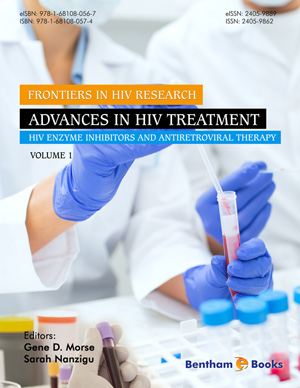Abstract
The roll-out of life saving antiretroviral medication has improved the quality of life and increased the life expectancy of HIV-infected individuals. HIV-infected individuals suffer more ailments compared to the general population, necessitating frequent co-medications. There is considerable geographic overlap between areas with high prevalence of HIV and other infectious diseases such as malaria, tuberculosis, and neglected tropical diseases raising the possibility of complex polypharmacy and drugdrug interactions. The cytochrome P450 (CYP450) enzymes play a major role in metabolism of many of the ARVs and drugs used for the treatment of other prevalent diseases; thus co-treatment creates potential for CYP450 mediated drug interactions. Some ARVs pose a particularly high-risk for potential drug-drug interactions, which may be pharmacokinetic or pharmacodynamic in nature and can result in raising or lowering plasma or tissue concentrations of co-prescribed drugs. Elevated drug concentrations may be associated with drug toxicity and lower drug concentrations may be associated with therapeutic failure. This chapter provides an in-depth understanding of clinically relevant drug-drug interactions during treatment of HIV and common illnesses and reviews the currently available data on interactions between ARVs and drugs used in the management of some other common illnesses.
Keywords: HIV/ART, Concomitant Treatment, AIDS-related Diseases, Cotreatments, HAART, drug interactions, NNRTI, CYP540, HIV and Cancer, HIV and Malaria, Rifampicin.






















